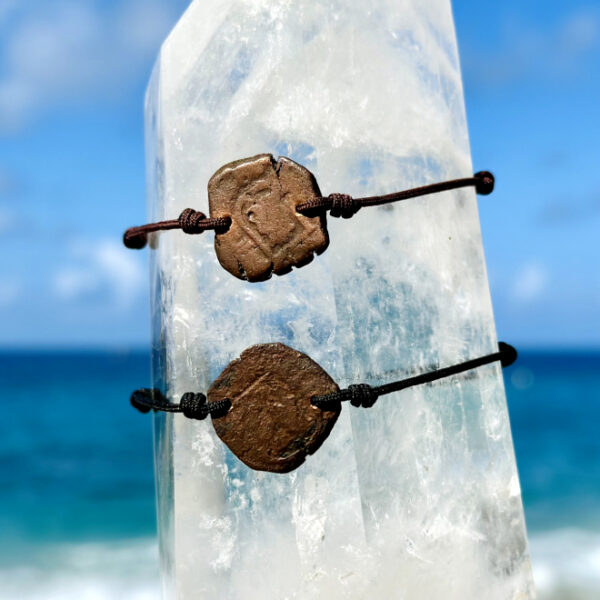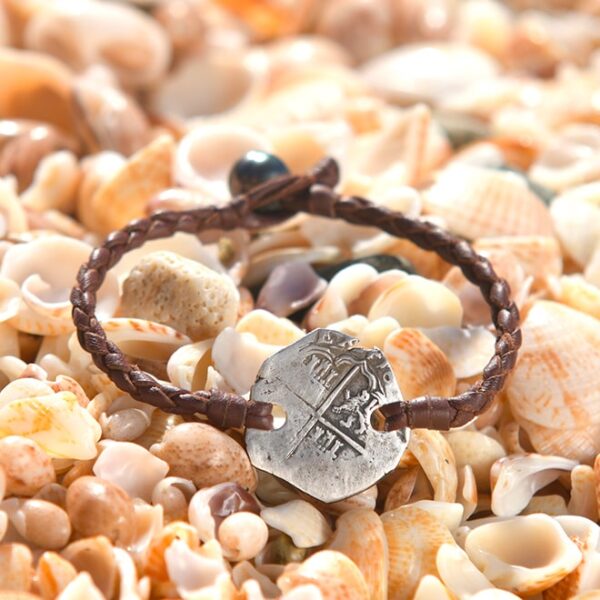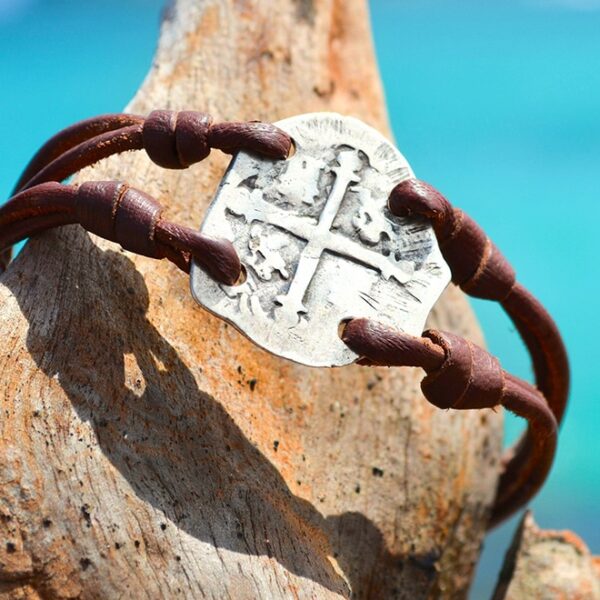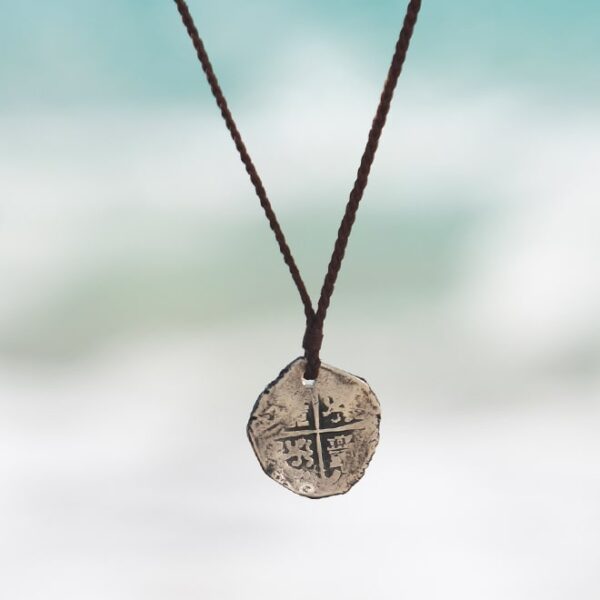You've added...
Pirate coin
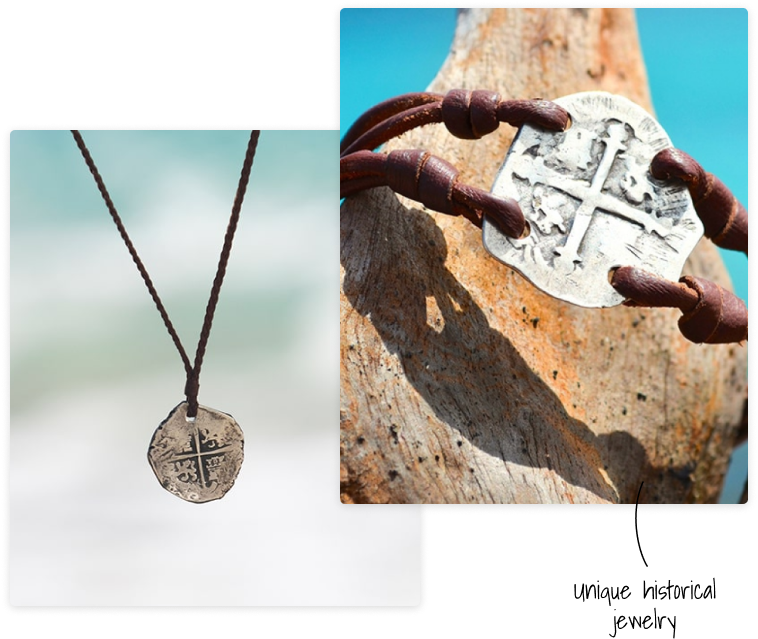
The Monetary Reform in Spain and Europe
Around 1490, European countries agreed on the creation of a silver coin known for its high purity. Monetary reform began in Spain, leading to the introduction of a new currency type, the 8 reales coin, in 1497.
In 1537, a new coin was minted: the Spanish gold Escudo, valued at 16 times that of the reales. The discovery of vast silver and gold deposits in the New World, particularly in Mexico, Peru, and Bolivia, facilitated the production of new silver coins.
The first coins minted were characterized by an irregular shape, as stamping machines had not yet been invented. At that time, the New World represented a gold mine for the Spanish monarchy. In fact, the first ships transporting gold and silver could not reach Spanish shores due to the weight of the cargo. This free wealth enriched many families in Spain, leading to inflation and contributing to the decline of the Spanish Empire over the following three centuries.
Read more
The Currency of the Conquistadors
This period (1520 to 1720) also saw the rise of pirate activity. It was the golden age of piracy in the Caribbean! Spanish silver shipments attracted and tempted pirates. Pirate ships targeted these voyages, following and attacking Spanish ships to seize the transported silver. For this reason, the coins minted by the Spanish Empire in Mexico and Bolivia are known as "Pirate Coins"!
To counter the pirates, the Spanish adopted a convoy system: the flota. Numerous transport ships and warships traveled together to transport silver across the Atlantic, avoiding pirate attacks. Each journey aimed to carry a year’s worth of silver and coin production back to Spain! The various coins of the conquistadors were minted in the main mints of Mexico City.
Over time, the 8 reales coin, with an irregular shape before the invention of minting machines, was struck in various types. This includes the Mexican coin of 1536, the Peruvian coin before 1598, the "macuquino" type coin from 1578 to 1732, the "Perulero" coin, the "Columnar Piastre" from 1732 to 1771, and the "Busto Piastre" from 1771 until the end of Spanish rule in America.
The Mexican Coin of 1536

The Peruvian Coin, Before 1598

The "Busto" Piastre
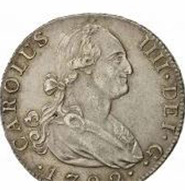
The "Columnar Piastre"
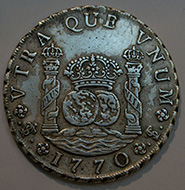
The "Macuquino" Type Coin

The "Perulero" Type Coin
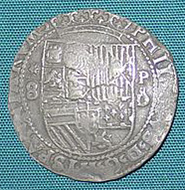
Original jewelry with Conquistador coins?


